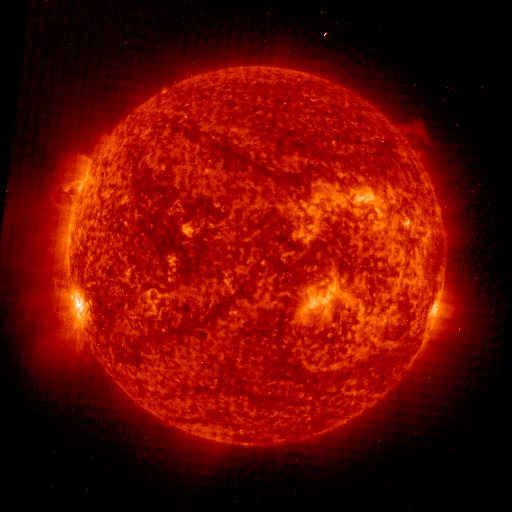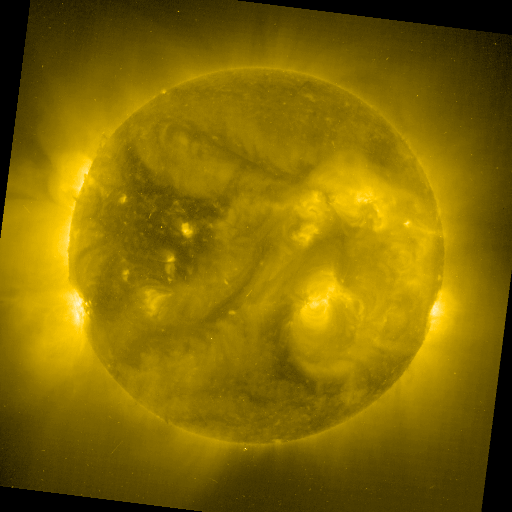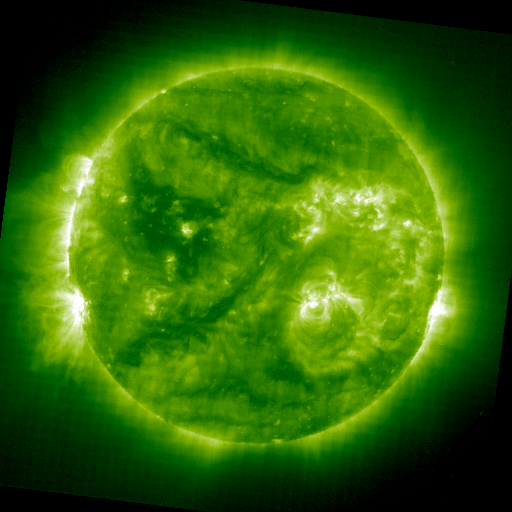Ionisation is the process in which electrons, which are negatively charged, are removed from (or attached to) neutral atoms or molecules to form positively (or negatively) charged ions and free electrons. It is the ions that give their name to the ionosphere, but it is the much lighter and more freely moving electrons which are important in terms of high frequency (HF: 3 to 30 MHz) radio propagation. Generally, the greater the number of electrons, the higher the frequencies that can be used. During the day there may be four regions present called the D, E, F1 and F2 regions. Their approximate height ranges are:
E region 90 to 140 km;
F1 region 140 to 210 km;
F2 region over 210 km.
Only the E, F1, sporadic E when present, and F2 regions refract HF waves. The D region is important though, because while it does not refract HF radio waves, it does absorb or attenuate them
The lifetime of electrons is greatest in the F2 region which is one reason why it is present at night. Typical lifetimes of electrons in the E, F1 and F2 regions are 20 seconds, 1 minute and 20 minutes, respectively.

Generally, more bright regions on the disk indicates more solar activity, which usually leads to higher solar flux levels (which usually leads to better propagation!).


Aurora is caused by interaction between the Earth's magnetic field and the solar wind (a mix of charged particles blowing away from the sun). During solar storms, enough of these charged particles make it through to the Earth's upper atmosphere that they interact with the earths natural magnetic field lines. When enough of these particles collide, energy is released in the form of auroral light. In addition to creating a pretty light show (mostly in upper latitudes), radio signals scatter off of these particles and can greatly enhance propagation on 6 meters and above. High levels of aurora can also make propagation via polar routes difficult. This plot shows 3-days of 5-minute solar x-ray flux values measured on the SWPC primary and secondary GOES satellites. One low value may appear prior to eclipse periods. Click on the plot to open an updating secondary window This images dynamically updates once a minute. specialy designed by NOAA National Weather and Space Service Prediction Center. for HF Radio communications prediction. Click on any thumbnail to view a larger image. Real-Time Northern Hemisphere Auroral Activity Real-Time Southern Hemisphere Auroral ActivitySolar X-ray Flux 
D-Region Absorption Prediction Map 


Artical taken from
GlobalTuners
Issued by Pascal








